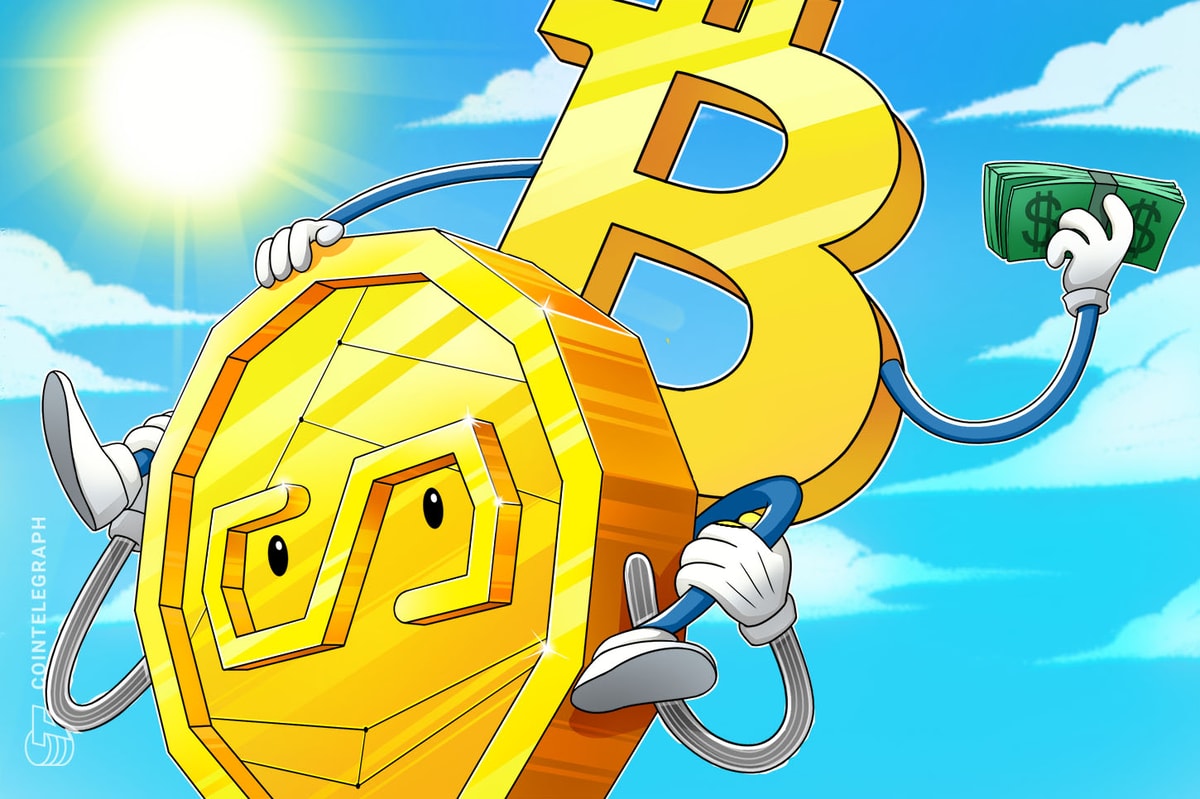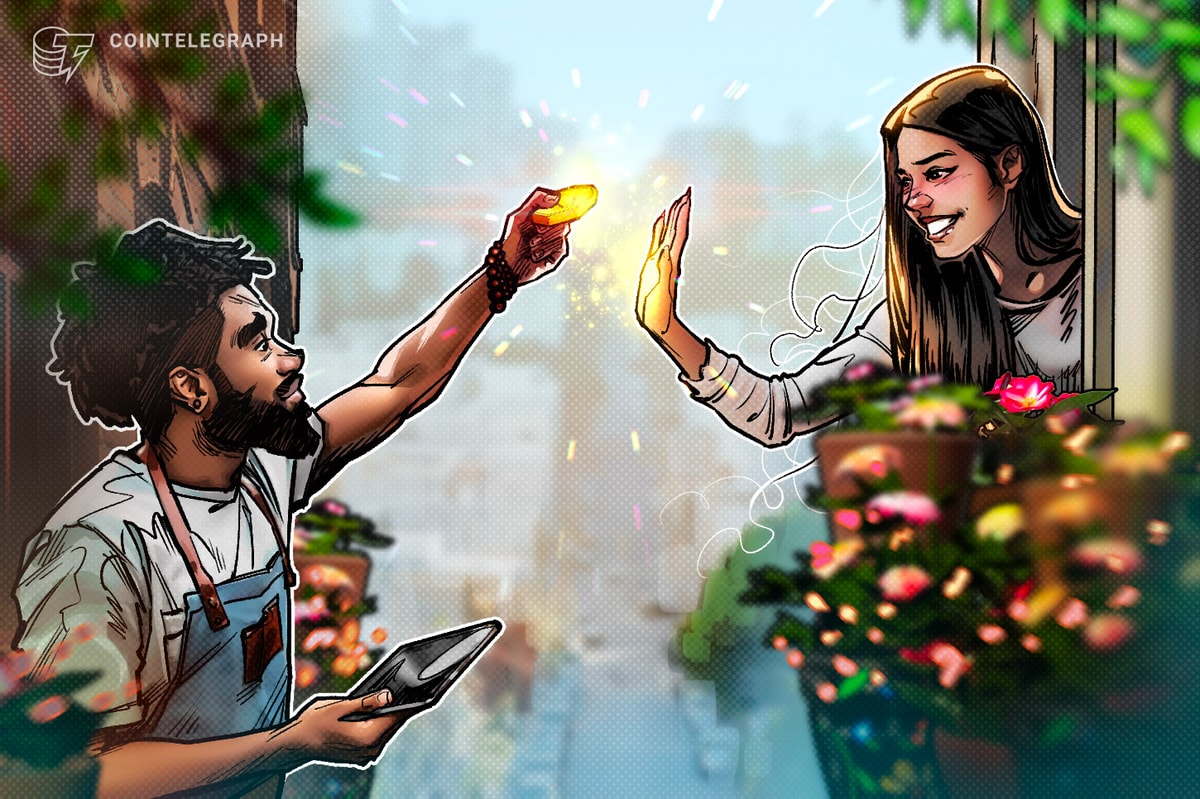
TL;DR
-
In Web3, we’re told how ‘decentralization is going to give us back control of our data’. But decentralization is the tool in this scenario – so what’s the end result?
-
For users: if you build a following on one social platform, it follows you to every other platform built on the protocol (imagine if your IG following ported to TikTok, YouTube etc.)
-
For developers: anyone can build a Web3 social platform using this universal method of operation – no having to worry about building out their own protocols/databases.
-
But the REAL win? We own our ‘social graphs.’ Social graphs are how companies like Facebook predict our purchasing behavior, and how they sell billions of $ of ads.
-
This threat of easy competition means Web3 social platforms have to: play nice, favor users over advertisers, continuously improve the user experience. Pretty neat, right!?
Full Story
Have you heard the saying: “people don’t want a quarter-inch drill bit, they want a quarter-inch hole”?
Another way of putting it is: when people buy a tool, what they’re actually buying is an end result.
In Web3, we’re told how ‘decentralization is going to give us back control of our data’.
But decentralization is the tool in this scenario – so what’s the end result?
Let’s look at social media to see how decentralization might give us better results, starting here:
Every social media platform is just a different configuration of text, imagery, video, and audio. But each platform has its own way of operating (its own ‘protocol‘).
In Web3, the approach to reshaping social platforms is:
“Why don’t we take that ‘way of operating’ (the ‘protocol’) and make it open / accessible to anyone to build on?
However they choose to configure the feed of text, imagery, video, and audio is up to them – we’ll just provide them with the same tools/rule sets.”
(Kind of like Build-A-Bear, for social platforms. Same tools and materials – different results each time).
The result for users:
If you build a following on one social platform, it follows you to every other platform built on the protocol (imagine if your Instagram following seamlessly ported over to TikTok/YouTube/Snapchat etc).
There’s a reason those #deleteFacebook campaigns never work – it’s because there’s no where else for us to all collectively go.
Decentralized protocols change this…
The result for developers:
Anyone can build a Web3 social platform using this universal method of operation – no having to worry about building out their own protocols/databases from scratch.
And convincing folks to try out a new platform isn’t as hard, because all of their followers port right over.
But the REAL win?
We own our ‘social graphs.’
Social graphs are essentially just a big spreadsheet of the pages we follow, the posts we like, the ads we click, the videos we view – any action/interaction we take/have on a social platform really.
Social graphs are how companies like Facebook predict our purchasing behavior, and how they’re able to sell billions of dollars of ad placements per year.
Web2 platforms trade us free-to-use apps, in exchange for our social graphs.
In Web3, the platforms can access our social graphs only if we allow them.
Combine that with the fact that our social followings come with us across each platform and you start to see the power shifting back to users.
E.g. If a platform starts to do something its users collective dislike, a new competing version can be spun up relatively easily…
And as users we can take ALL of our content, followers, DMs, and interaction history with us, instantly and seamlessly.
This threat of easy competition means Web3 social platforms have to:
-
Play nice.
-
Favor users over advertisers.
-
Continuously improve the user experience.
Pretty neat, right!?
Read More: www.web3daily.co

.gif?format=1500w)







 Bitcoin
Bitcoin  Ethereum
Ethereum  Tether
Tether  XRP
XRP  Solana
Solana  USDC
USDC  Dogecoin
Dogecoin  TRON
TRON  Cardano
Cardano  Lido Staked Ether
Lido Staked Ether  Wrapped Bitcoin
Wrapped Bitcoin  Hyperliquid
Hyperliquid  Sui
Sui  Wrapped stETH
Wrapped stETH  Chainlink
Chainlink  Avalanche
Avalanche  LEO Token
LEO Token  Stellar
Stellar  Bitcoin Cash
Bitcoin Cash  Toncoin
Toncoin  Shiba Inu
Shiba Inu  USDS
USDS  Hedera
Hedera  Litecoin
Litecoin  WETH
WETH  Wrapped eETH
Wrapped eETH  Polkadot
Polkadot  Binance Bridged USDT (BNB Smart Chain)
Binance Bridged USDT (BNB Smart Chain)  Monero
Monero  Ethena USDe
Ethena USDe  Bitget Token
Bitget Token  Pepe
Pepe  Coinbase Wrapped BTC
Coinbase Wrapped BTC  Pi Network
Pi Network  WhiteBIT Coin
WhiteBIT Coin  Aave
Aave  Uniswap
Uniswap  Dai
Dai  Ethena Staked USDe
Ethena Staked USDe  Bittensor
Bittensor  OKB
OKB  Aptos
Aptos  BlackRock USD Institutional Digital Liquidity Fund
BlackRock USD Institutional Digital Liquidity Fund  Cronos
Cronos  NEAR Protocol
NEAR Protocol  Jito Staked SOL
Jito Staked SOL  Internet Computer
Internet Computer  Ethereum Classic
Ethereum Classic  Ondo
Ondo